Case report of the endodontic treatment of a mandibular first molar with radix entomolaris and middle mesial canal
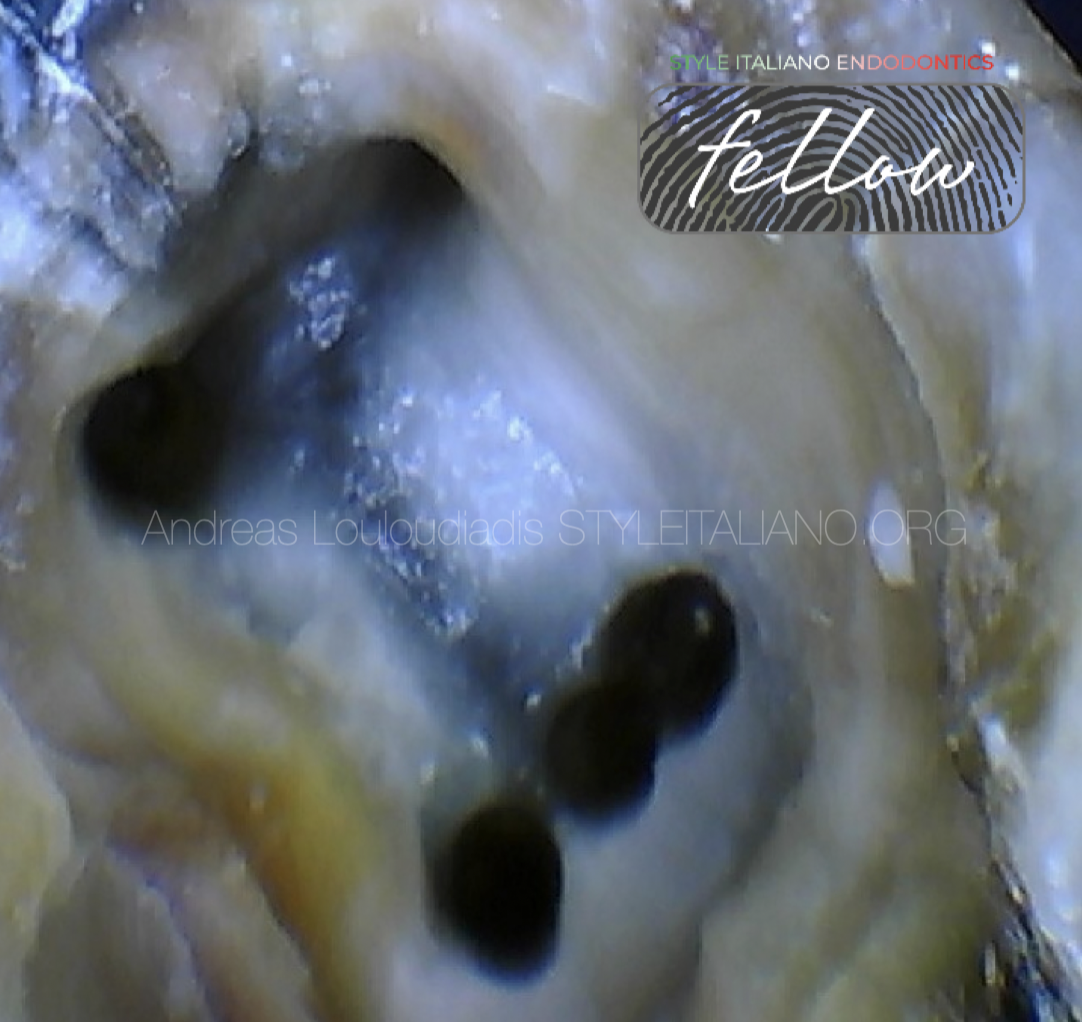 A Mandibular First Molar with Radix Entomolaris and Middle Mesial Canal: a case report
A Mandibular First Molar with Radix Entomolaris and Middle Mesial Canal: a case report
Case report of the endodontic treatment of a mandibular first molar with radix entomolaris and middle mesial canal
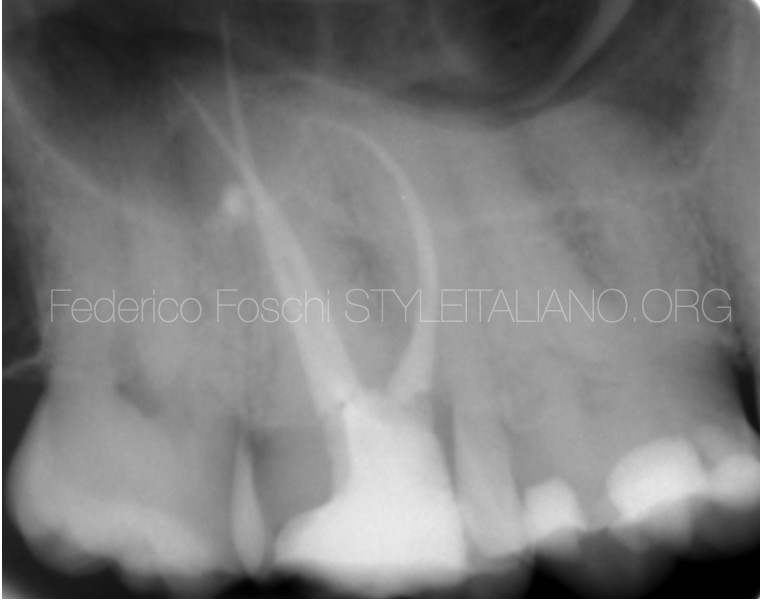 A diagnostic conundrum
A diagnostic conundrum
Multi-rooted teeth in the upper arch can present diagnostic difficulties. Vitality testing can result in erratic response due to necrobiosis status of the pulp. The aid of CBCT scan to […]
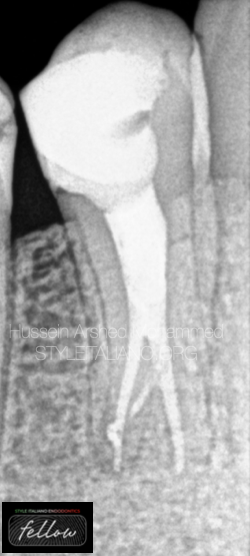 Bending preservation of gutta-percha in lower first premolar with 3 canals
Bending preservation of gutta-percha in lower first premolar with 3 canals
This article clarifies how to to bend gutta-percha cone and preserve this bending even if the temperature of the body can straighten the master cone in deep apical splitting of the canals.
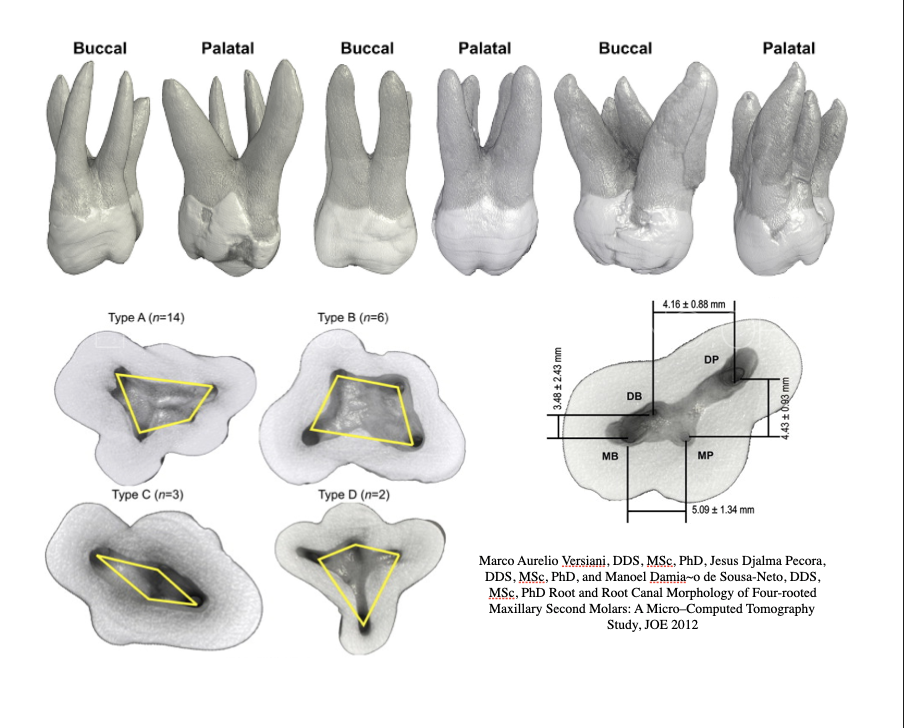 Four canals maxillary second molars
Four canals maxillary second molars
Maxillary molars have one of the most complex root canal anatomies. It is very important for this reason to correctly understand the anatomy before starting endodontic therapy. Correct planning starting from the diagnostic evaluation through the aid of x-rays and CBCT (if necessary) will allow the clinician to formulate a correct endodontic treatment plan and a correct choice of materials and equipment during the access cavity and cleaning and shaping and obturation steps.
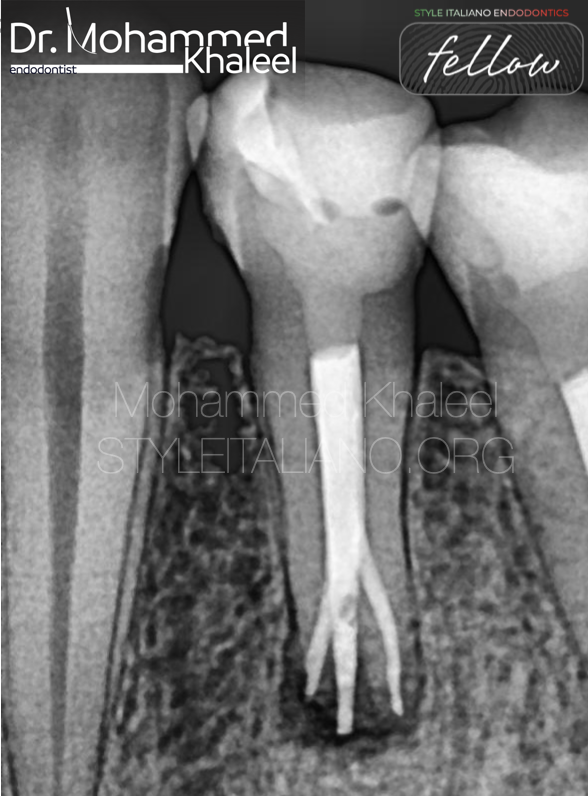 Deep split in lower first premolar
Deep split in lower first premolar
Mandibular first premolar usually have a one root and one root canal but it shows a wide variety of abnormal root canal anatomy.
The occurrence of three canaled mandibular first premolar with deep apical split is very rare, but it does occur.
The incidence of a three-canaled mandibular first premolar is approximately 0.2%, making such teeth most difficult to manage endodontically.
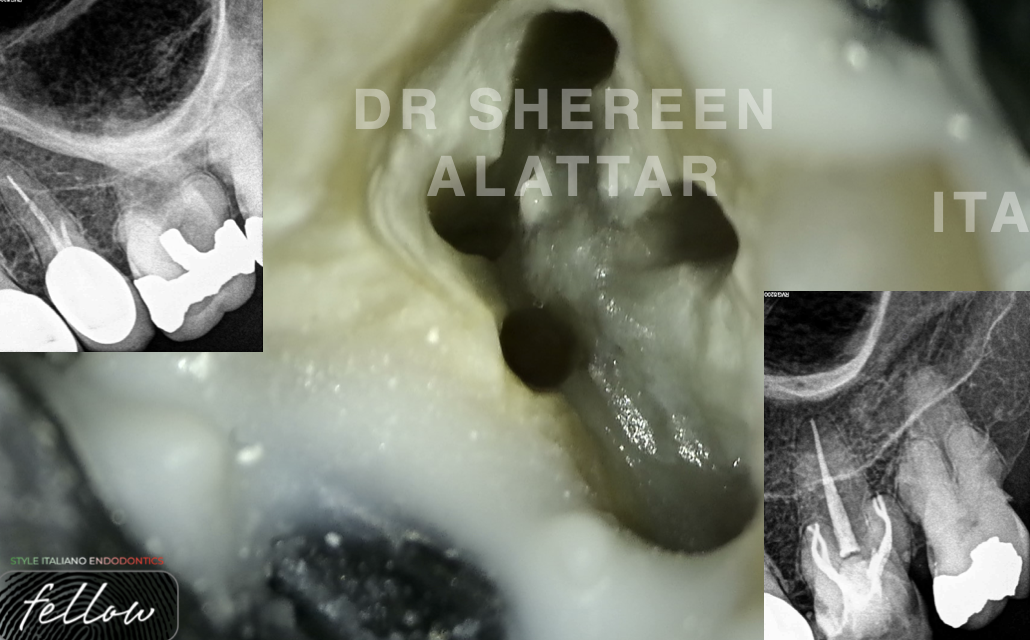 Everything changes except for anatomy!
Everything changes except for anatomy!
As the complex anatomy of maxillary first molars is one of the major challenges in endodontic therapy, knowledge of the complicated root canal anatomy and configuration is crucial to ensure the success of endodontic treatment and prognosis. This article presents an endodontically managed maxillary first molar with special anatomy.
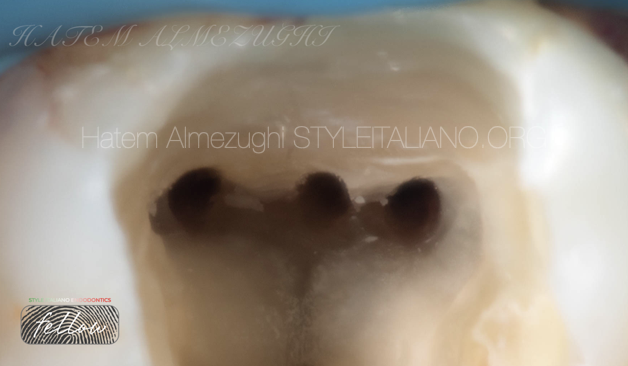 Middle mesial canal (MMC) in lower molars
Middle mesial canal (MMC) in lower molars
The main canals in the mesial root of lower molars are the mesiobuccal and mesiolingual canals. A middle mesial canal (MMC) sometimes is present in the developmental groove between the […]
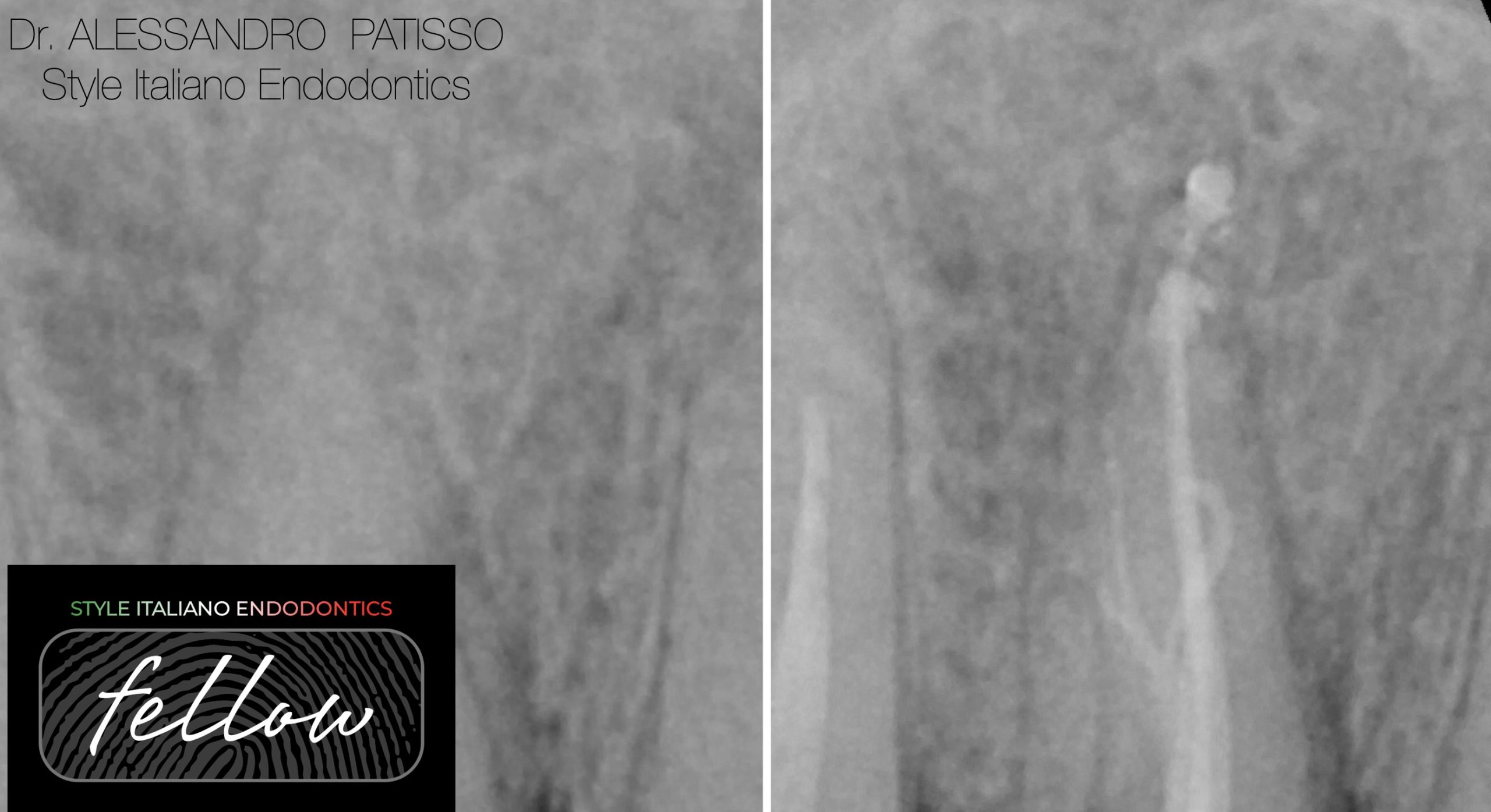 Management of maxillary first premolars with particular anatomies
Management of maxillary first premolars with particular anatomies
To obtain good results in endodontic treatment it is important to remove all microorganisms from root canal system, three dimensionally sealing and the placement of a good coronal seal to […]
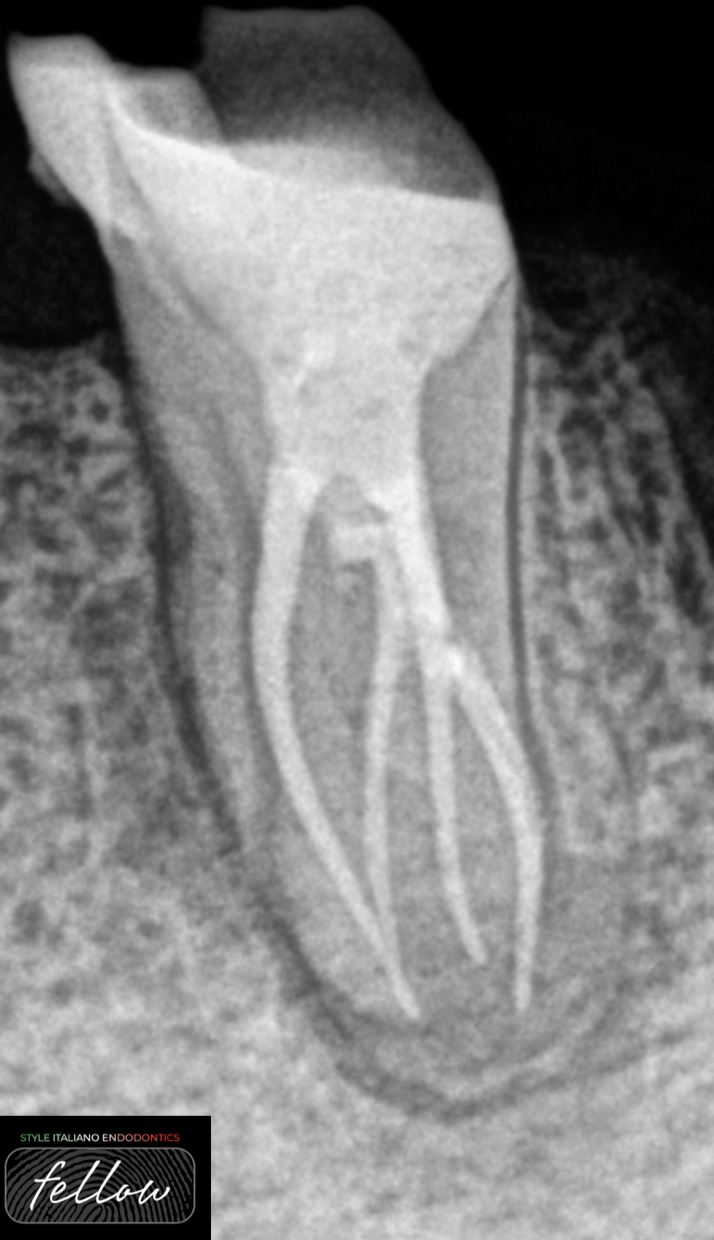 Premolars with 4 canals is not a daily case
Premolars with 4 canals is not a daily case
The purpose of root canal treatment is to clear pathogenic microbes and infected pulp in the root canal, prevent it from producing toxic products, and protect the periapical tissue. […]
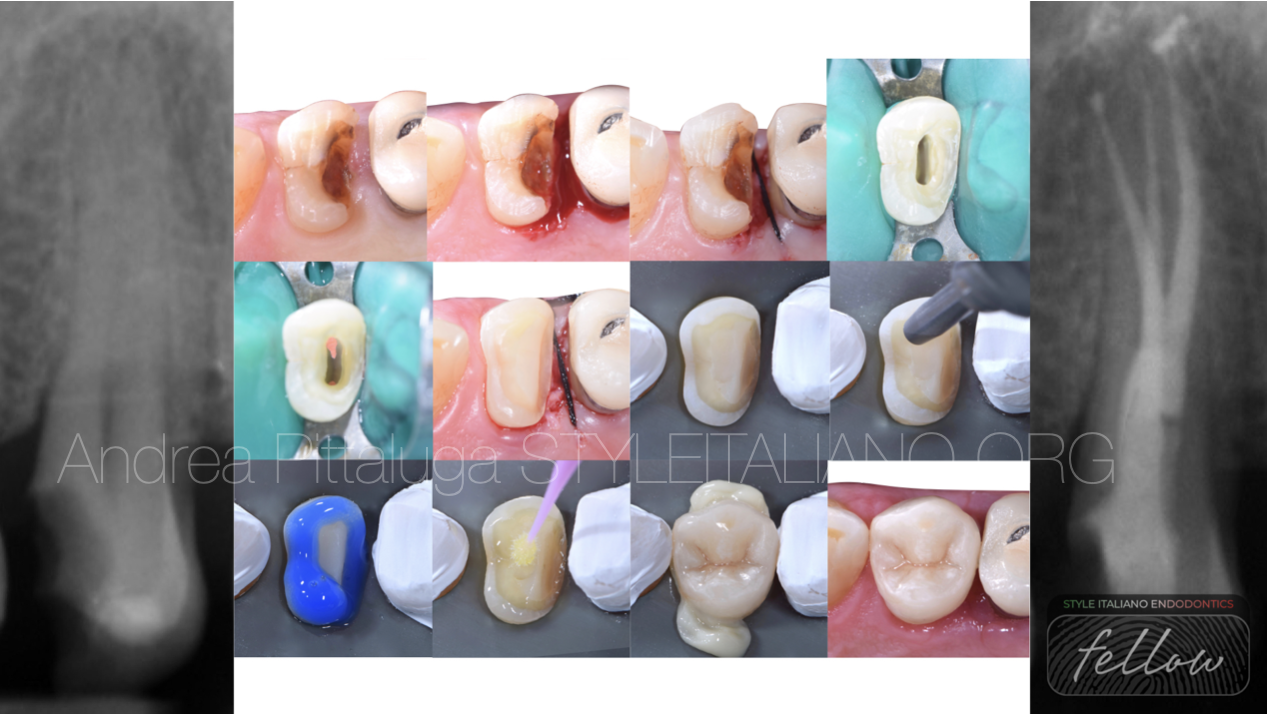 We all make mistakes - correct protocols help us detect them early
We all make mistakes - correct protocols help us detect them early
The in-depth knowledge of root anatomy and its possible variations is absolutely fundamental for the long-term success of our therapies. Sometimes, despite the aid of strong surgical magnification and despite good anatomical knowledge, one may come across particular anatomies in an unpredictable way. A correct operating protocol can protect us from errors, giving us the way to correct them without consequences.
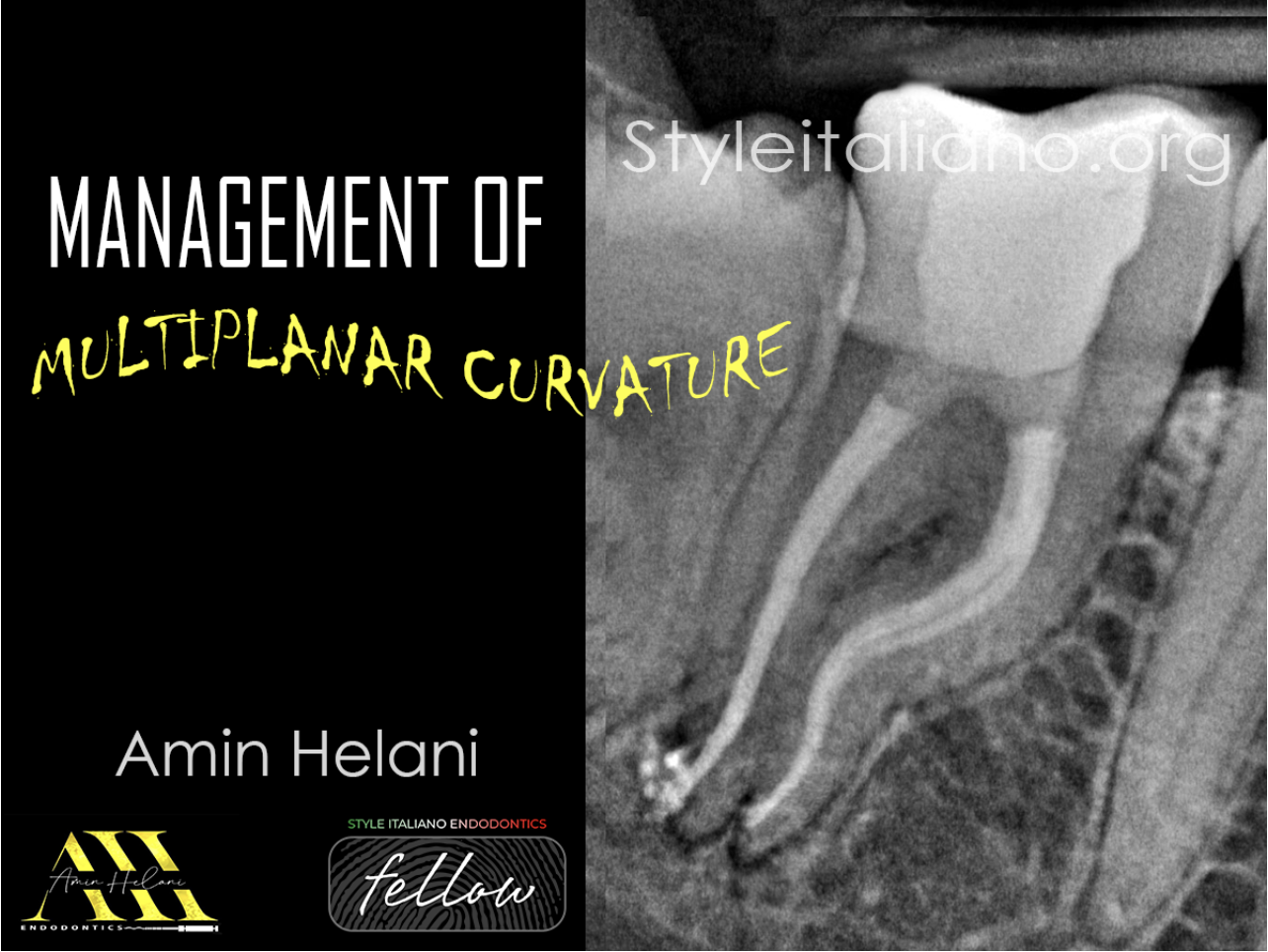 Management of Multiplanar Curvature
Management of Multiplanar Curvature
In this article, I will discuss the method of diagnosing and analyzing multiplanar curvature, along with the treatment planning using the novel treatment approach.
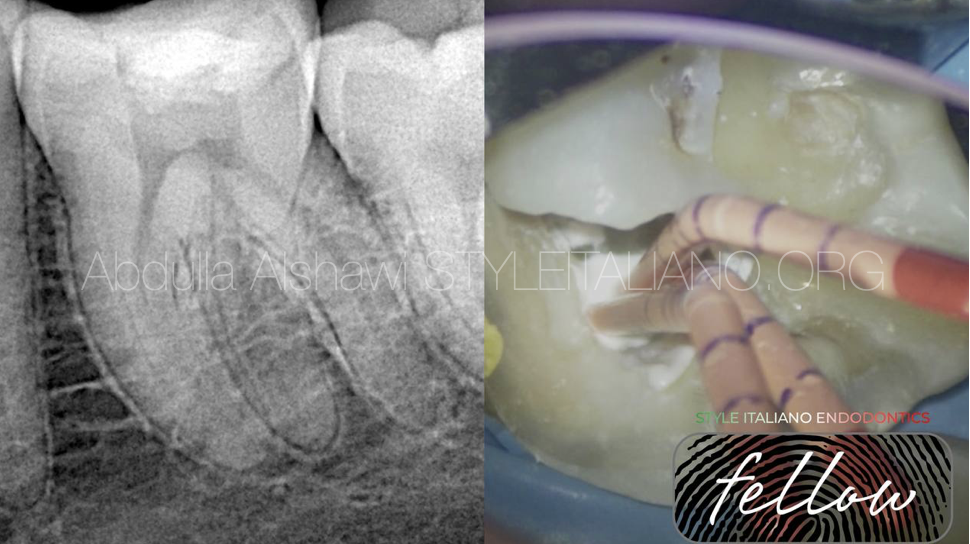 Dealing with MM canal in a lower first molar
Dealing with MM canal in a lower first molar
After conducting a lot of studies of the internal anatomy of the first
mandibular molar, it was found that there is a lot of diversity in the
internal anatomy of the tooth, and taking advantage of the studies
that were conducted, it was found that the main reason of the failure of endodontic treatment occurs due to missing canal
of the first molar.
Therefore, one must understand and bear in mind the difference in
the internal anatomy of the teeth when you need to do endodontic
treatments.